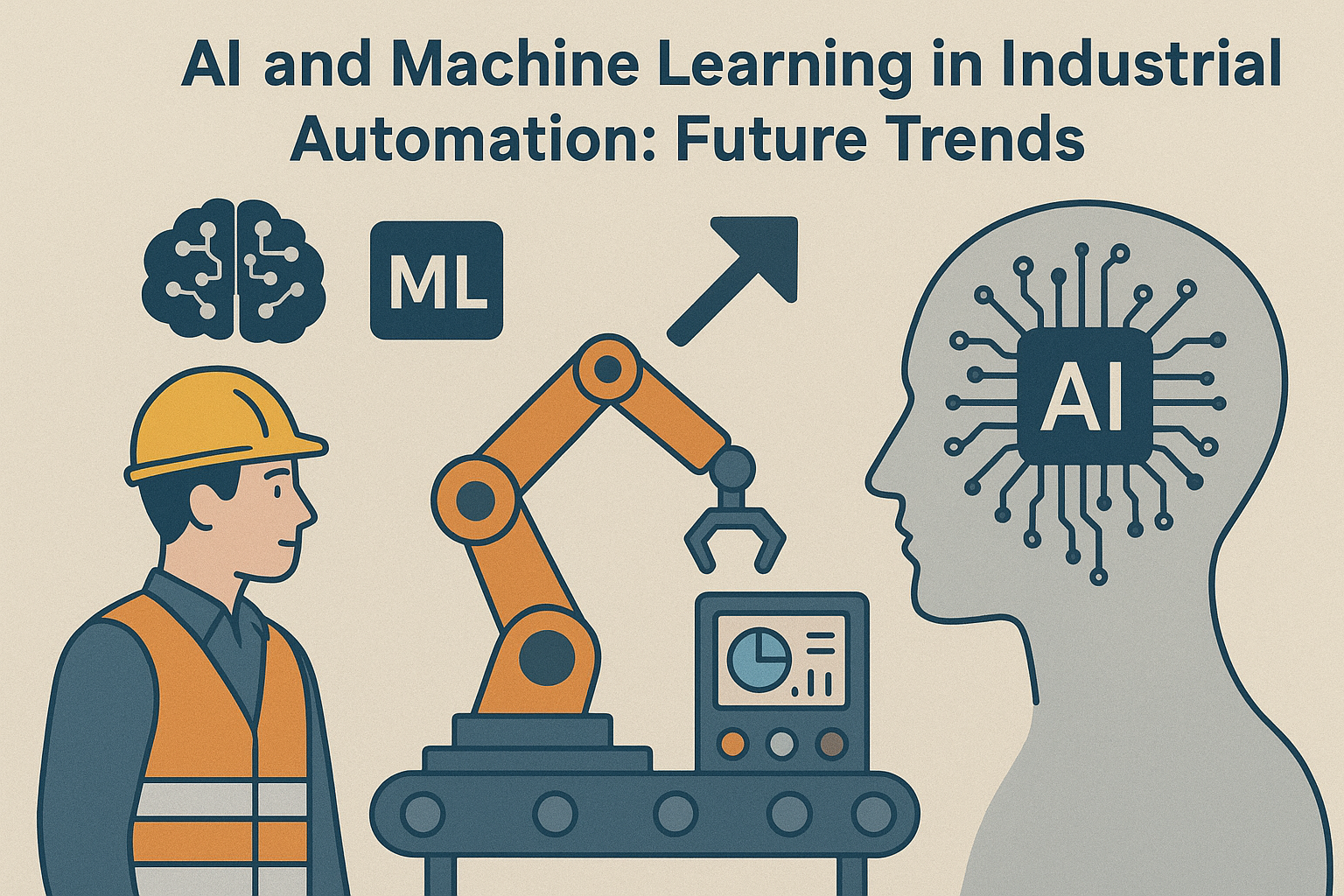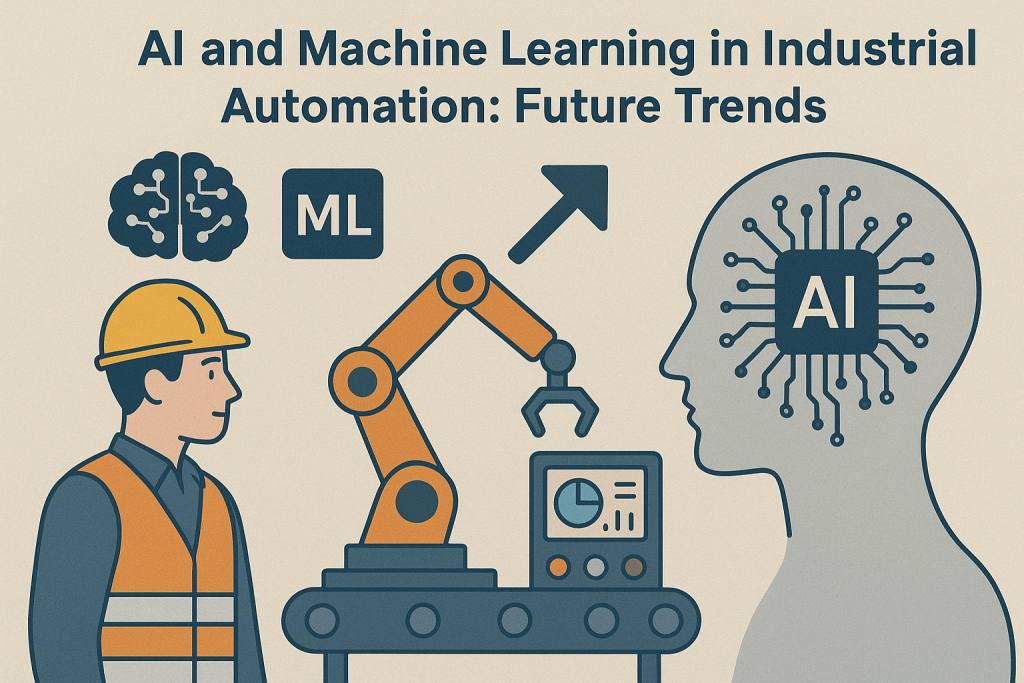
AI and Machine Learning in Industrial Automation: Future Trends
- sofconblogadmin
- Posted on

The landscape of industrial automation is rapidly evolving, with AI and machine learning (ML) at the forefront of this transformation. As we move into 2025, these technologies are not only enhancing efficiency but also unlocking new levels of adaptability, intelligence, and sustainability across manufacturing and industrial sectors.
Key Future Trends in AI & Machine Learning for Industrial Automation
- Advanced Predictive Maintenance
- AI-driven predictive maintenance is revolutionizing equipment management by analyzing vast data streams to predict failures before they occur.
- This reduces downtime, cuts maintenance costs, and extends machinery lifespan.
- Real-time monitoring using advanced sensors enables more accurate and timely alerts, allowing for proactive interventions.
- AI-Based Quality Control
- Computer vision and deep learning are automating inspection processes, providing faster and more precise defect detection than traditional methods.
- Real-time image recognition ensures higher product standards, minimizes waste, and optimizes production lines.
- Autonomous Robotics and Cobots
- Autonomous robots and collaborative robots (cobots) are becoming smarter, learning from their environment and safely working alongside humans.
- Cobots handle routine tasks, freeing workers for more strategic roles, and adapt quickly to new processes or products.
- Edge AI and Real-Time Decision Making
- AI at the edge processes data directly on the factory floor, enabling instant decision-making and reducing latency.
- This is critical for time-sensitive applications like automated assembly lines and robotic navigation.
- Human-Cobot Collaboration
- Enhanced sensors and AI software are making human-robot collaboration safer and more intuitive.
- Cobots support employees, taking over repetitive tasks while humans focus on oversight and innovation, boosting both productivity and job satisfaction.
- Cybersecurity Powered by AI
- As industrial systems become more connected, AI-driven cybersecurity is essential for detecting and responding to threats in real time.
- AI systems can identify anomalies and mitigate risks, protecting critical infrastructure from increasingly sophisticated attacks.
- Energy Efficiency and Sustainability
- AI optimizes energy consumption by analyzing usage patterns and forecasting needs, leading to reduced waste and lower environmental impact.
- Smart energy management systems automatically adjust operations for maximum efficiency, supporting green manufacturing goals.
- Flexible and Modular Production
- AI and ML enable flexible production systems that can rapidly switch between product variants, meeting the demand for customization.
- Modular automation solutions allow for quick reconfiguration, keeping manufacturers agile in a changing market.
- Smart Supply Chain Optimization
- AI algorithms are transforming supply chain management by predicting demand, optimizing inventory, and streamlining logistics.
- Robotics and AI integration in warehouses automate picking, packing, and delivery, improving efficiency and customer satisfaction.
- Augmented Reality (AR) for Support
- AR tools powered by AI are providing real-time guidance for machine operation and maintenance, speeding up training and reducing errors.
What Does This Mean for Industry?
- Smarter, self-improving systems: AI and ML are moving automation beyond fixed instructions to adaptive, learning-based operations.
- Increased productivity and quality: Factories are achieving higher output with fewer errors and less waste.
- Safer, more engaging workplaces: Automation handles hazardous and repetitive tasks, while humans take on oversight, problem-solving, and creative work.
- Sustainability and resilience: AI-driven optimization supports energy savings, waste reduction, and agile responses to market changes